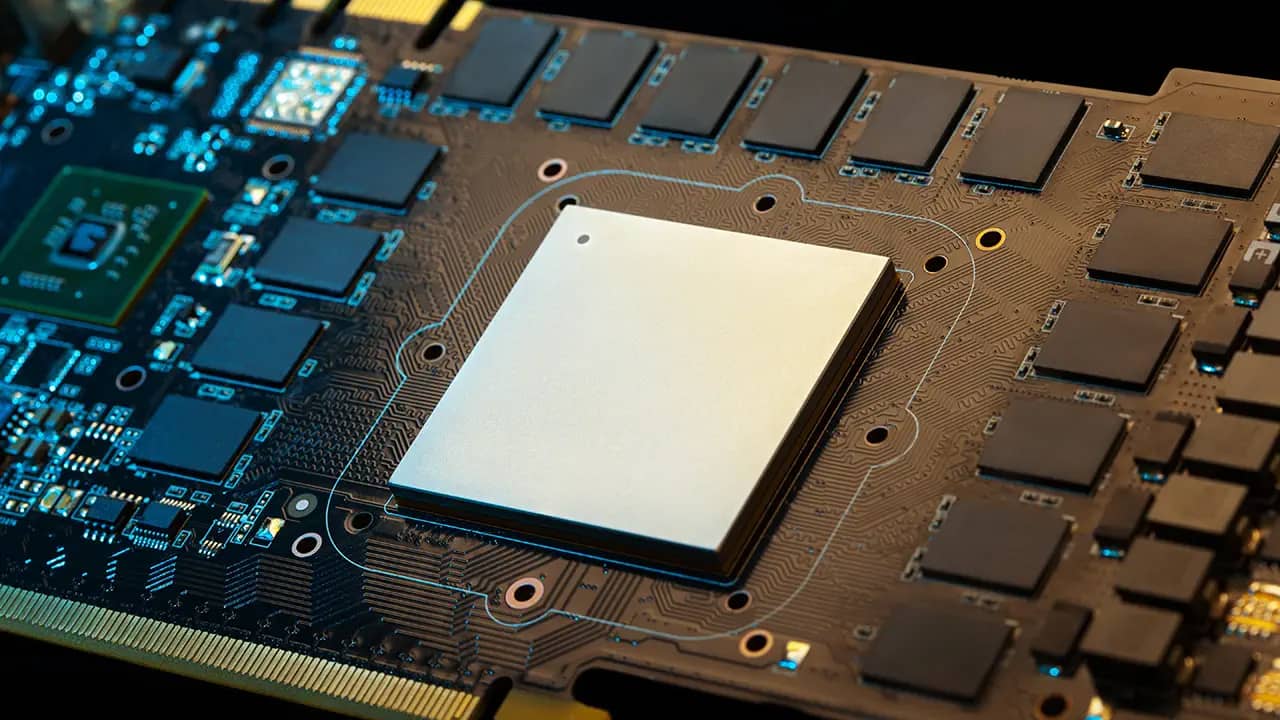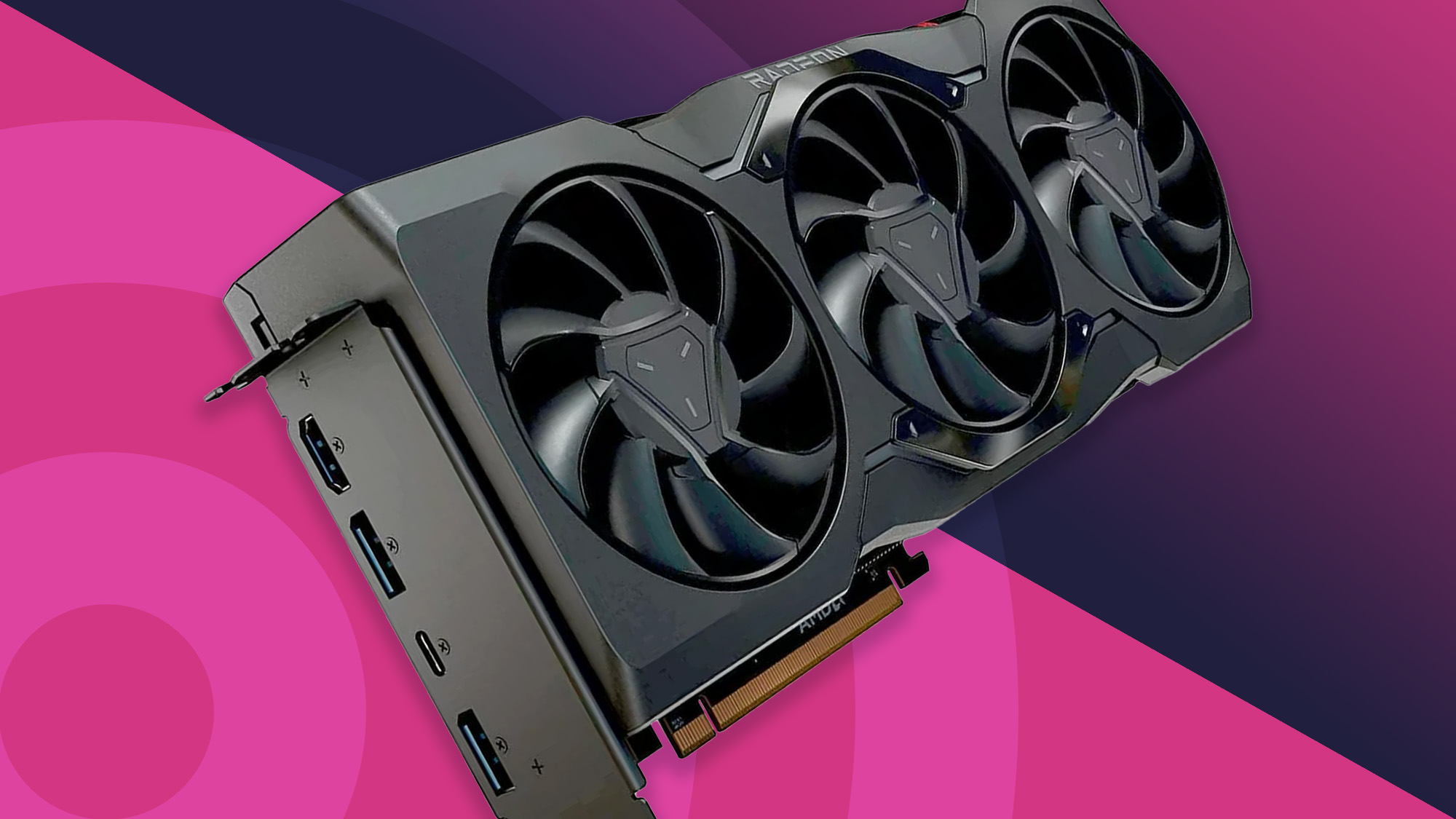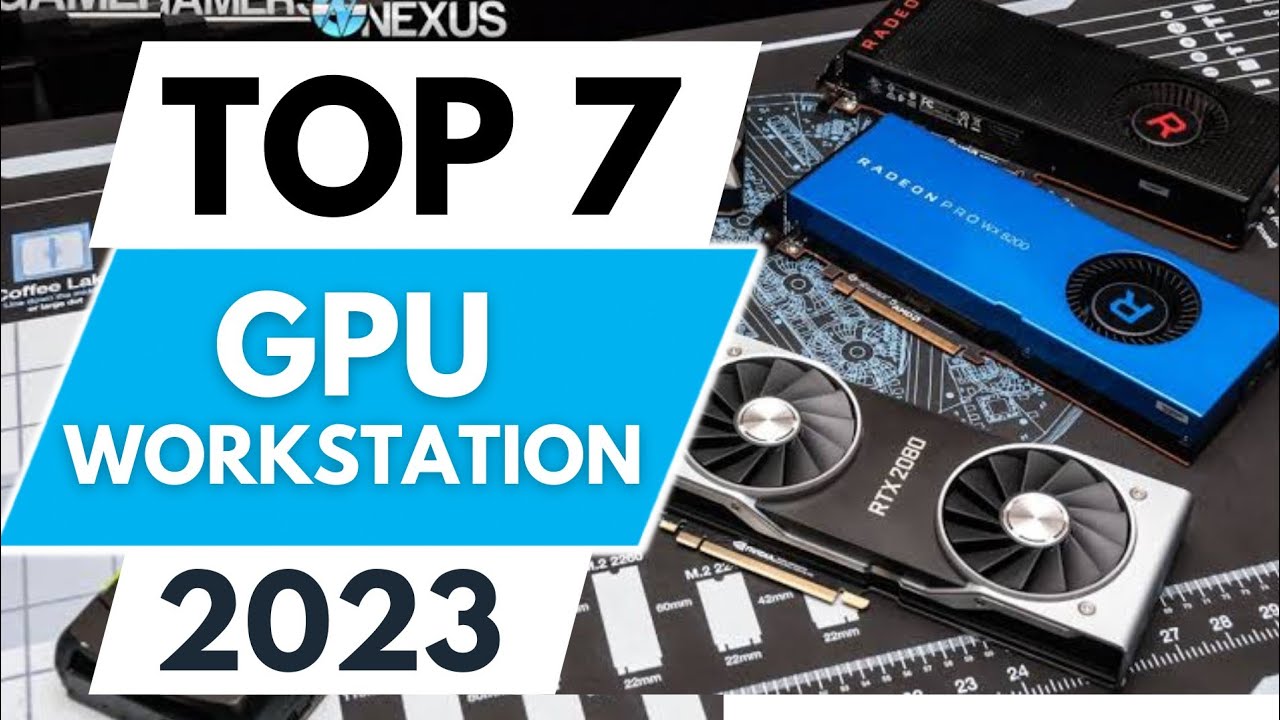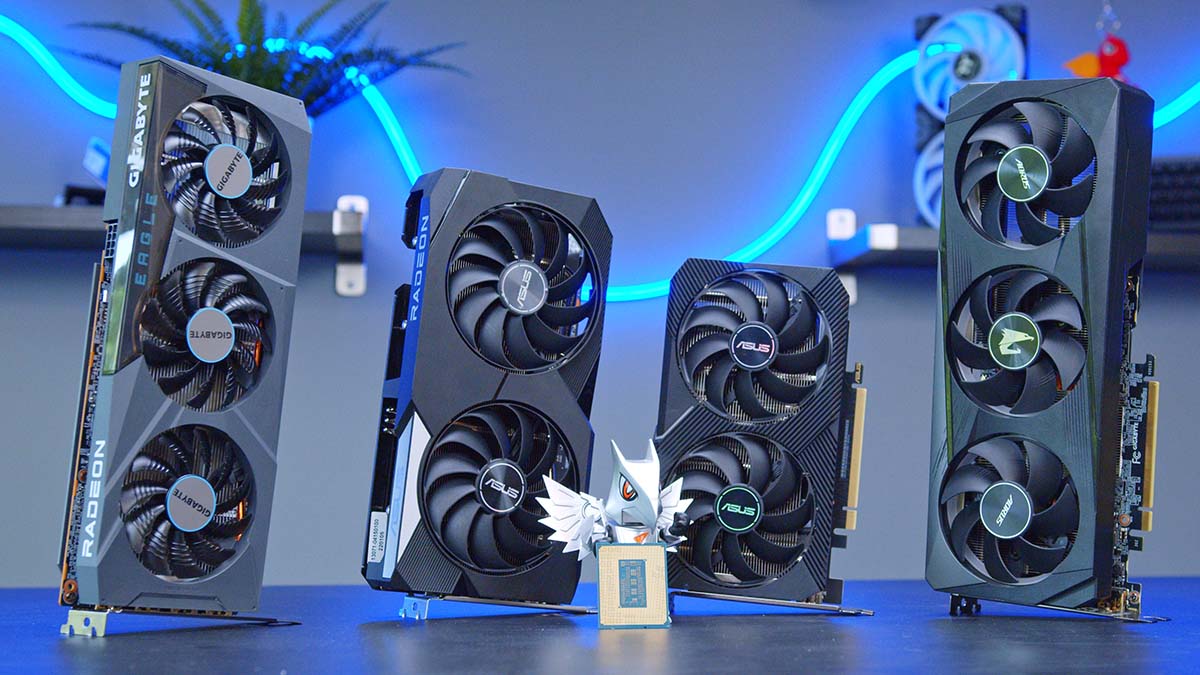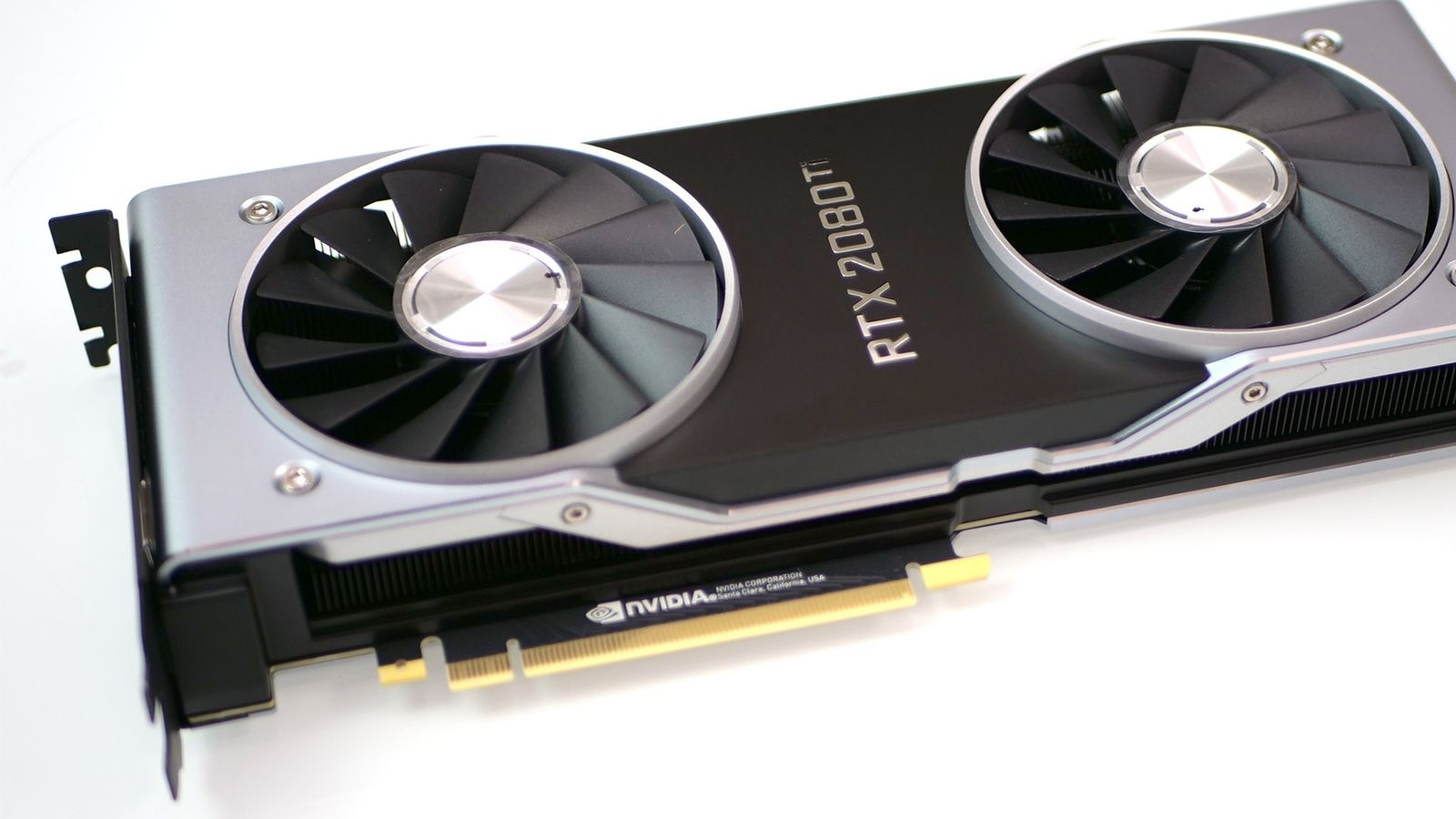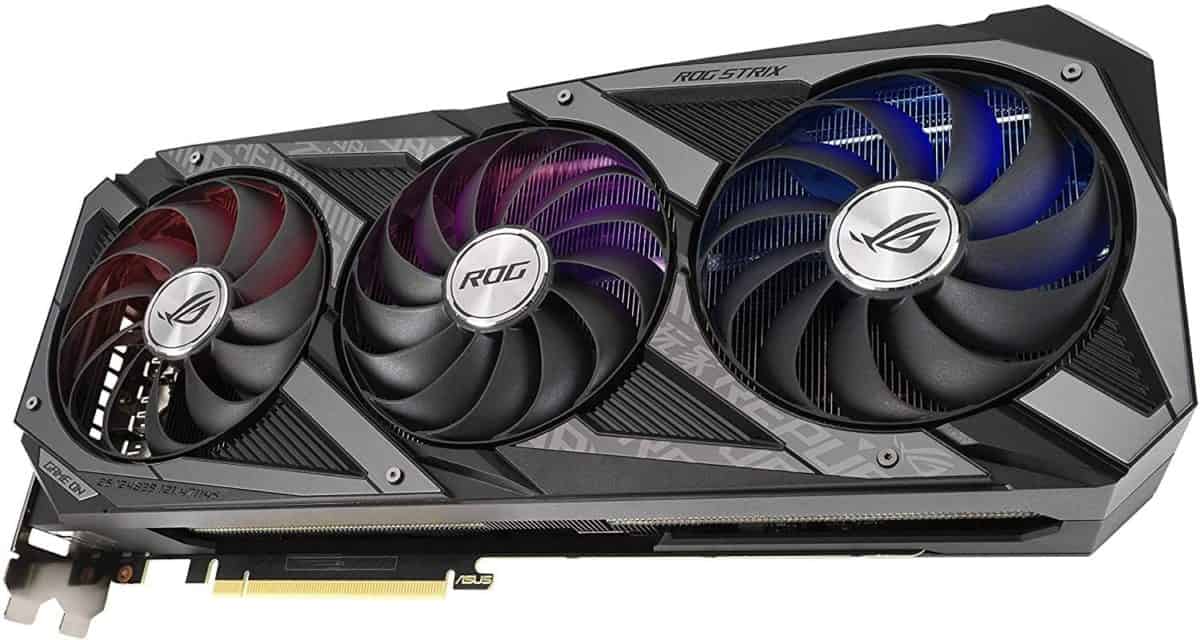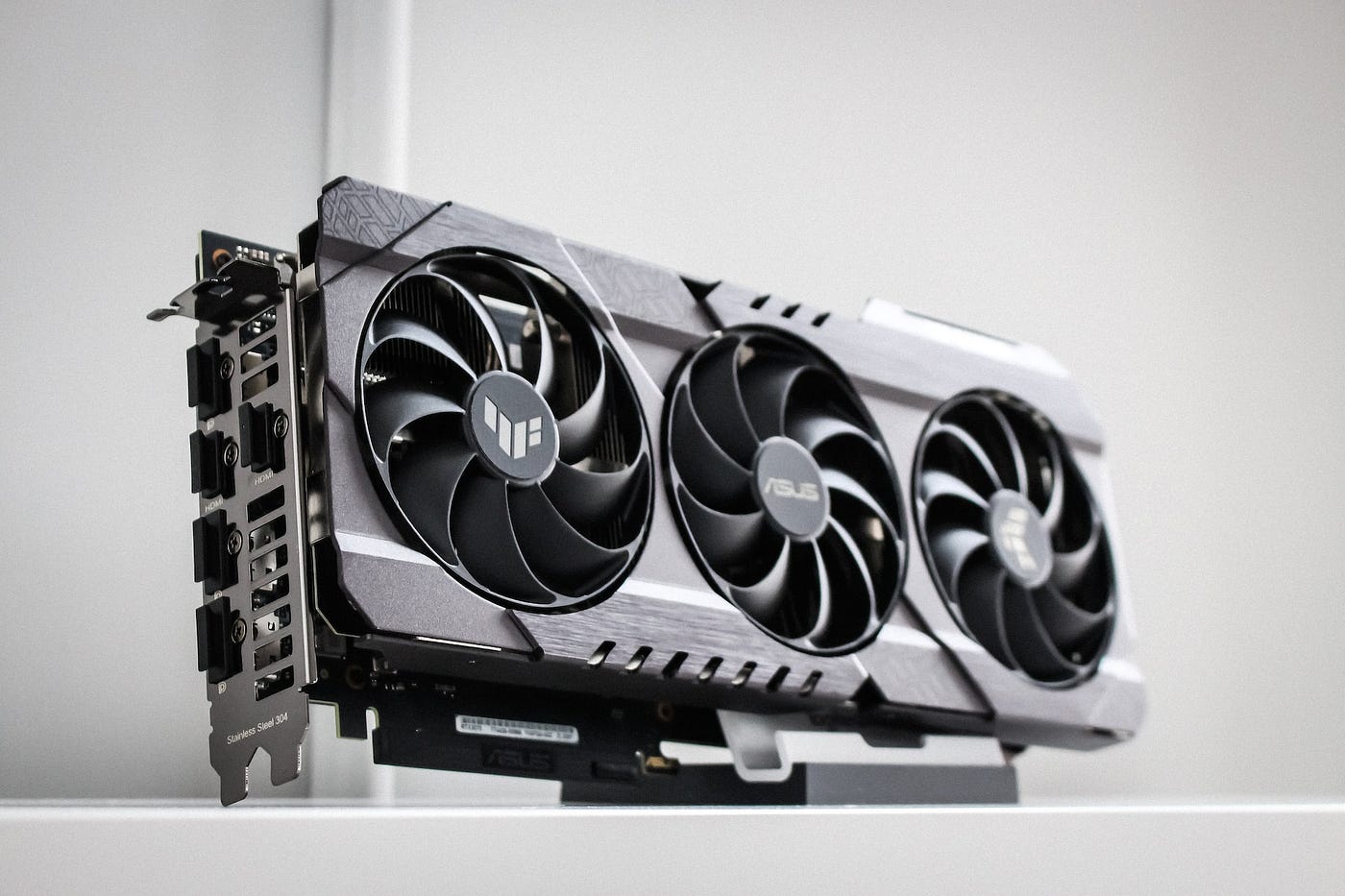Introduction
Graphics cards play a crucial role in modern computing, especially when it comes to gaming and graphic-intensive tasks. But what exactly does graphics card memory do? To understand its function, we need to delve into the world of graphics processing units (GPUs) and their memory systems. In this article, we will explore the inner workings of graphics card memory and its significance in delivering smooth and immersive graphics experiences.
Graphics card memory, often referred to as video memory or VRAM (Video RAM), is a specialized type of memory that is dedicated to storing and transferring data related to rendering images and videos. It acts as a buffer between the GPU and the system memory, allowing the graphics card to process and store large amounts of graphical data efficiently.
Why is graphics card memory important? The primary purpose of graphics card memory is to store and access the vast amount of data required to render high-resolution graphics and complex visual effects. It enables the GPU to quickly access textures, shaders, and other graphical elements, reducing the need to retrieve data from the slower system memory.
As technology advances, graphics card memory sizes have also increased significantly. Modern graphics cards often come equipped with several gigabytes of VRAM, allowing for smoother gameplay, better visual quality, and enhanced performance in demanding applications. The amount of graphics card memory is particularly crucial in tasks that involve rendering large textures or working with multiple displays.
In the following sections, we will delve deeper into how graphics card memory works, explore different types of graphics card memory, discuss how much memory you may need for your specific use cases, and provide some tips on choosing the right graphics card memory for your needs. So, let’s dive in and uncover the mysteries of graphics card memory!
Understanding Graphics Card Memory
Graphics card memory is a critical component of a graphics processing unit (GPU) and plays a vital role in delivering smooth and immersive visual experiences. To grasp the importance of graphics card memory, it’s essential to understand how it functions within the broader context of the GPU’s architecture.
At its core, a graphics card consists of two primary components: the graphics processing unit (GPU) and the graphics card memory. The GPU is responsible for performing complex calculations required for rendering images, running shaders, and executing graphical algorithms. It relies on the graphics card memory to store and access the data necessary for these operations.
Unlike the system memory (RAM) that is shared by the CPU and other components, the graphics card memory is dedicated solely to the GPU. This exclusive access allows for faster data retrieval and processing, reducing latency and enhancing overall performance.
Graphics card memory primarily stores and manages three types of data:
- Frame Buffer: The frame buffer is the most critical part of the graphics card memory. It stores the rendered images and frames before they are sent to the display. A larger frame buffer allows for higher resolutions and more complex scenes to be rendered. It also contributes to smoother gameplay and reduced visual artifacts like screen tearing.
- Texture Data: Textures are the visual elements applied to surfaces in 3D graphics. They provide details, colors, and patterns to objects. The graphics card memory stores these textures, allowing the GPU to access them quickly during rendering. Higher amounts of graphics card memory enable larger textures to be loaded, resulting in more detailed and realistic graphics.
- Shaders and Buffers: Shaders are small programs that run on the GPU and control how objects appear on the screen. The graphics card memory holds these shaders and buffers, which define how light interacts with objects, simulate shadows and reflections, and handle other visual effects. Sufficient memory capacity ensures that complex shaders can be stored, leading to more advanced and visually appealing graphics.
By having dedicated graphics card memory, the GPU can offload intensive graphical tasks from the system memory, freeing up resources for other applications. This separation of memory also allows for parallel processing, where the GPU can simultaneously access and manipulate multiple data points, resulting in faster rendering times and smoother graphics.
In the next section, we will unravel the inner workings of graphics card memory, explaining how it interacts with the GPU and the overall system architecture. Understanding these mechanics will help you appreciate the significance of graphics card memory in delivering exceptional visual experiences.
How Graphics Card Memory Works
Graphics card memory functions as a high-speed buffer between the GPU and the rest of the system, allowing for efficient storage and retrieval of graphical data. To understand how it works, let’s explore the key components and processes involved.
The graphics card memory, or VRAM (Video RAM), is built using specialized memory modules that are optimized for high-speed data transfer. These modules are connected to the GPU through a dedicated interface, ensuring fast and direct access to the graphical data stored within.
When graphics data is generated by the GPU, it first goes through the processing pipeline, where various calculations, such as geometry transformations and texture mapping, take place. Once the data is ready for rendering, it is written into the graphics card memory.
One essential feature of graphics card memory is its ability to transfer data simultaneously and independently from the display controller. While the GPU continues to process new data, the display controller retrieves the previously rendered frames from the graphics card memory and sends them to the display. This overlapping of data transfer and rendering operations allows for smooth and uninterrupted frame rates, enhancing the overall gaming or visual experience.
Graphics card memory also employs specialized memory management techniques, such as caching and preloading, to optimize data access. For example, the GPU might preload frequently used textures or shader programs into the memory for faster access during rendering. Similarly, caching allows recently accessed data to be stored temporarily in the memory, minimizing the need to fetch the same data repeatedly from slower sources.
The performance of graphics card memory is influenced by several factors, including memory bandwidth, clock speed, and memory interface width. Memory bandwidth refers to the rate at which data can be transferred to and from the graphics card memory. A higher memory bandwidth allows for quicker data retrieval, resulting in faster rendering times and smoother graphics.
The clock speed of the graphics card memory determines how fast the data can be read or written within the memory modules. Higher clock speeds translate to faster data transfer rates and improved performance. Additionally, the memory interface width determines the amount of data that can be transferred in each clock cycle. A wider memory interface allows for more significant chunks of data to be moved at once, further enhancing overall performance.
In modern graphics cards, you will often find different memory technologies, such as GDDR5, GDDR6, or HBM (High Bandwidth Memory). These technologies offer varying levels of performance, with newer iterations typically providing faster data transfer rates and higher bandwidths.
Understanding how graphics card memory works is crucial for optimizing graphical performance and choosing the right GPU for your needs. In the next section, we will delve into the different types of graphics card memory available in the market and their respective strengths and limitations.
Graphics Card Memory Types
Graphics card memory comes in different types, each offering unique characteristics and performance capabilities. Let’s explore the most common types of graphics card memory available in the market today.
1. GDDR5: GDDR5 (Graphics Double Data Rate 5) is a popular memory type used in mid-range and high-end graphics cards. It provides excellent performance at a relatively affordable price point. GDDR5 memory offers high bandwidth and clock speeds, enabling faster data transfer rates and improved overall performance.
2. GDDR6: GDDR6 (Graphics Double Data Rate 6) is the successor to GDDR5 and offers even higher performance. It provides faster data transfer rates and improved power efficiency compared to GDDR5. GDDR6 memory is commonly found in high-end gaming graphics cards and offers a significant boost in graphics rendering and gaming experiences.
3. HBM (High Bandwidth Memory): HBM, or High Bandwidth Memory, is a newer memory type that offers exceptional bandwidth and performance. HBM employs a stacked memory design, where multiple layers of memory chips are interconnected vertically, resulting in significantly increased memory bandwidth. HBM memory is typically found in top-tier graphics cards, delivering unparalleled performance in demanding applications and high-resolution gaming.
4. DDR4: DDR4 (Double Data Rate 4) memory is a type of system memory that can sometimes be found in budget or entry-level graphics cards. While not specifically designed for graphics-intensive tasks, DDR4 can still deliver decent performance for casual gaming and multimedia applications.
It’s worth noting that the choice of graphics card memory type depends on your intended usage and budget. If you’re a casual gamer or use your computer mainly for multimedia tasks, a graphics card with GDDR5 memory should suffice. However, if you’re a hardcore gamer or work with intensive graphics applications, opting for a graphics card with GDDR6 or HBM memory will provide a substantial performance boost.
When considering graphics card memory, keep in mind that higher memory capacity often translates to better performance, especially when working with large textures or multiple displays. However, more memory also comes at an increased cost, so it’s essential to find a balance between your budget and performance requirements.
In the following section, we’ll discuss how to determine the ideal amount of graphics card memory you need for your specific use cases.
How Much Graphics Card Memory Do You Need?
When it comes to determining the appropriate amount of graphics card memory you need, several factors come into play. Your specific use cases, such as gaming, content creation, or professional graphics work, will influence the amount of memory required. Let’s delve into the considerations for determining the ideal graphics card memory capacity.
1. Gaming: If you’re primarily a gamer, the amount of graphics card memory you need depends on the types of games you play and the resolution at which you play them. For 1080p gaming, 4GB to 6GB of graphics card memory is usually sufficient for most modern games. However, if you’re playing at higher resolutions like 1440p or 4K, it’s advisable to have 8GB or more to ensure smooth gameplay and to accommodate the higher memory demands of detailed textures and complex visual effects.
2. Content Creation: If you use your computer for content creation tasks like video editing, 3D modeling, or graphic design, you may benefit from having more graphics card memory. These applications often work with large datasets and high-resolution assets, necessitating additional memory to handle the increased complexity. For content creation purposes, a graphics card with 8GB or more of memory is recommended for a smoother workflow and improved performance.
3. Professional Graphics: Professionals working in fields such as architecture, engineering, or scientific visualization may require even more graphics card memory. Applications that simulate complex physical phenomena, perform heavy data calculations, or render high-fidelity 3D models often demand significant memory resources. In these cases, opting for graphics cards with 16GB or more of memory can ensure optimal performance and efficient handling of large datasets.
It’s important to note that having more graphics card memory doesn’t automatically guarantee better performance. If your computer system lacks sufficient processing power or other hardware components, excessive memory may not be fully utilized. Therefore, it’s crucial to strike a balance between the amount of graphics card memory and other specifications, such as the GPU’s processing capabilities and memory bandwidth.
Additionally, consider future-proofing your system. As games and applications become more demanding, the memory requirements also increase. Investing in a slightly larger graphics card memory capacity than your current needs can help ensure that your system remains capable of handling future software advancements and graphical enhancements.
Ultimately, the right amount of graphics card memory depends on your specific usage, budget, and desired level of performance. Assess your requirements, consider the resolution and complexity of the tasks you’ll be performing, and choose a graphics card with an appropriate memory capacity that aligns with your needs.
In the next section, we’ll provide some tips to help you choose the right graphics card memory for your system.
Tips for Choosing the Right Graphics Card Memory
Choosing the right graphics card memory can significantly impact the performance and visual quality of your computer system. Here are some tips to help you make an informed decision:
1. Evaluate Your Usage: Determine your specific usage requirements, whether it’s gaming, content creation, or professional graphics work. Consider the resolution at which you’ll be operating and the complexity of the tasks involved. This assessment will help you gauge the amount of graphics card memory needed.
2. Consider Future Needs: Anticipate any potential future requirements. If you plan on upgrading software or increasing the complexity of your tasks, it might be wise to choose a graphics card with slightly more memory than your current needs to ensure future compatibility and optimal performance.
3. Check Recommended Requirements: Research the recommended requirements for the applications or games you intend to run. Game developers and software providers often specify the minimum and recommended memory for their software. This information can serve as a guideline in choosing the appropriate graphics card memory.
4. Balance Memory with Other Specs: Remember that graphics card memory is just one component of the overall graphics processing system. Consider other factors like the GPU’s processing power, memory bandwidth, and the rest of your system’s hardware components. A well-balanced system will deliver better overall performance.
5. Read Reviews and Benchmarks: Before making a purchase, consult reliable reviews and benchmarks from reputable sources. Assess how different graphics cards with varying memory capacities perform in real-world scenarios relevant to your usage. This information will help you make an informed decision based on actual performance data.
6. Consider Budget Constraints: While more memory can offer better performance, it also comes at a higher cost. Determine your budget and weigh it against your requirements. Strive for a balance between performance and affordability, ensuring that you get the most value for your investment.
7. Brand and Warranty: Consider reputable brands known for their reliable graphics cards. Check the warranty terms and customer support offered by the manufacturer, as these factors can significantly impact your experience with the product.
By following these tips, you can make an educated decision when selecting the right graphics card memory for your system. Remember that there is no one-size-fits-all solution, and the ideal amount of memory will vary based on your specific usage and requirements.
Now that you have a better understanding of graphics card memory and how to choose the right one, let’s recap the information covered in this article.
Conclusion
Graphics card memory is a crucial component in delivering optimal visual performance in gaming, content creation, and professional graphics work. It serves as a high-speed buffer between the GPU and the rest of the system, storing and accessing data necessary for rendering images and videos. By offloading intensive graphical tasks from the system memory, graphics card memory enhances performance and enables smoother gameplay and immersive visual experiences.
Understanding the different types of graphics card memory, such as GDDR5, GDDR6, and HBM, allows you to make informed decisions when selecting a graphics card. Considering factors like your specific usage, resolution requirements, and future needs helps determine the appropriate amount of memory to meet your demands.
When choosing a graphics card, it’s important to strike a balance between memory capacity, GPU performance, and other hardware specifications. Evaluating benchmarks, reading reviews, and considering brand reliability and warranty terms can further assist in making the right choice.
By following these guidelines and making an informed decision, you can ensure that your graphics card memory meets your needs and provides optimal performance and visual quality for your gaming, content creation, or professional graphics work.
Now that you have a comprehensive understanding of graphics card memory and its significance, you are well-equipped to make informed decisions when choosing the right graphics card for your system. Enjoy your enhanced gaming experiences and visually stunning graphics!







